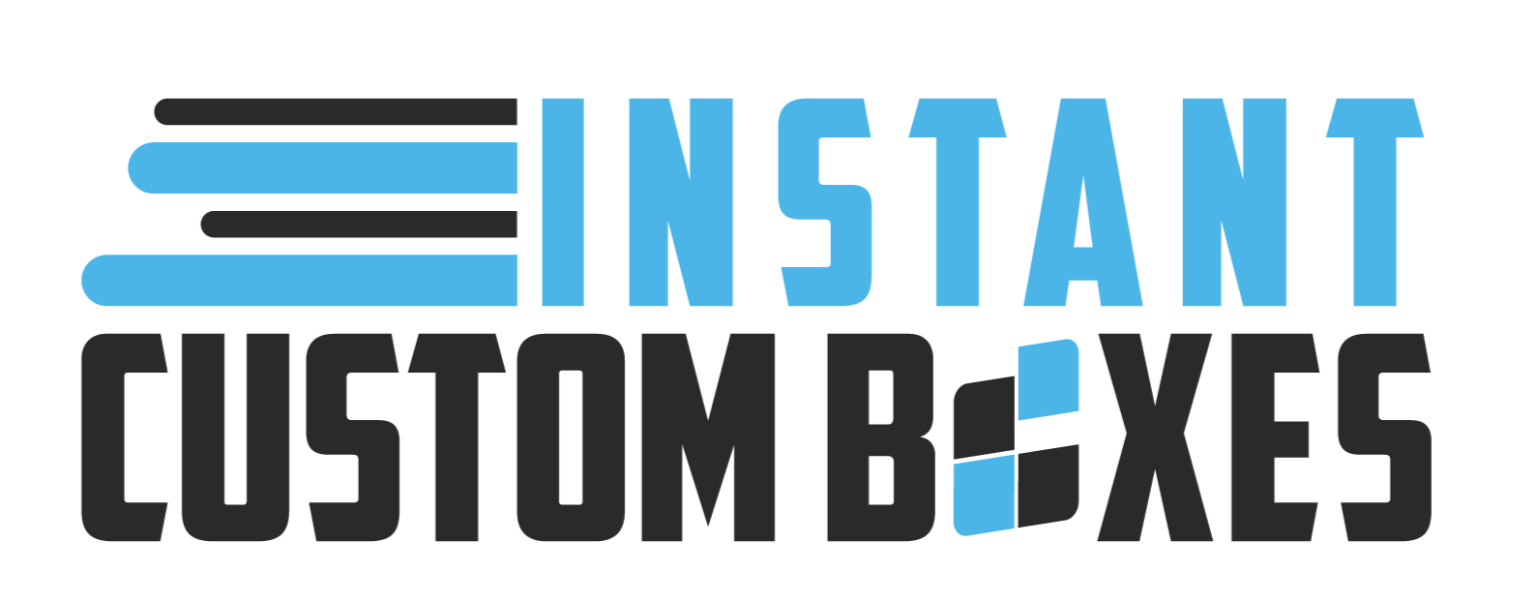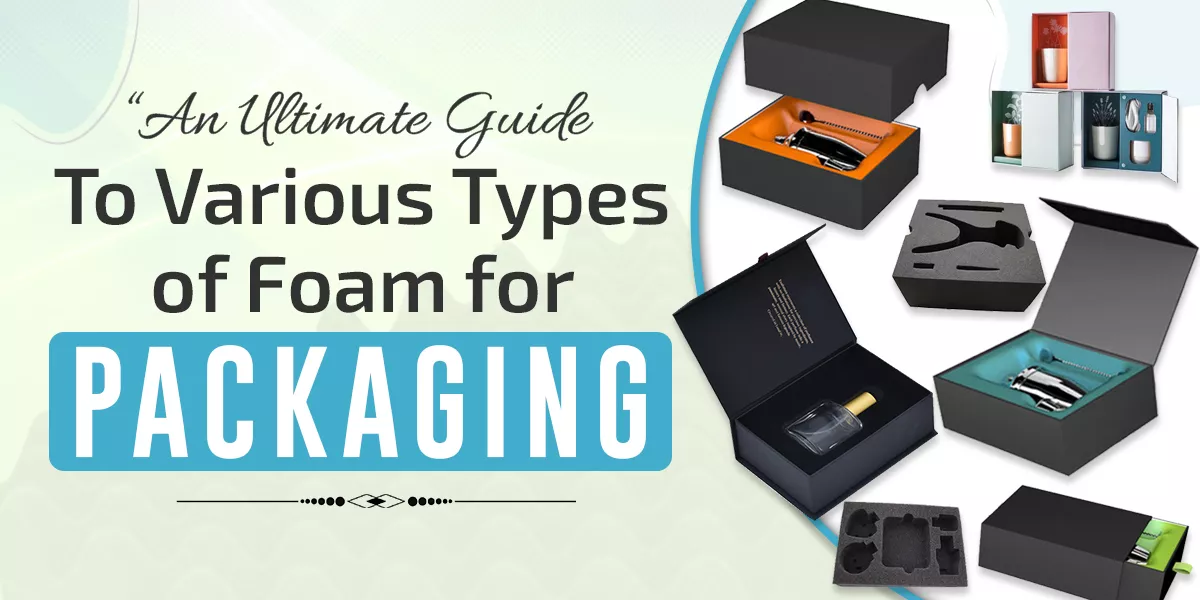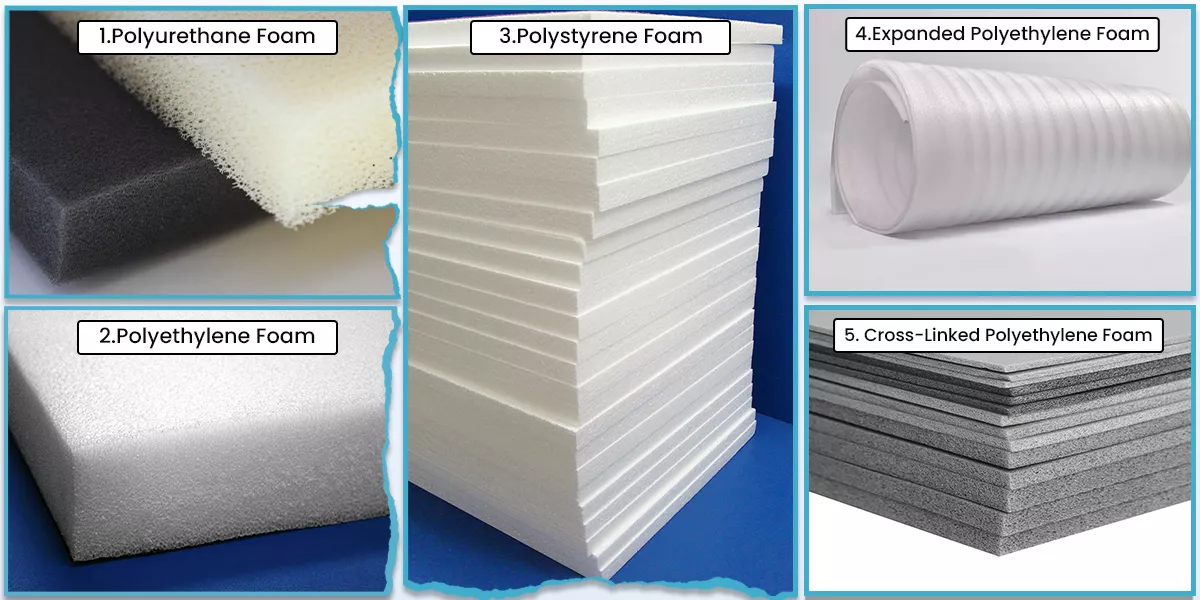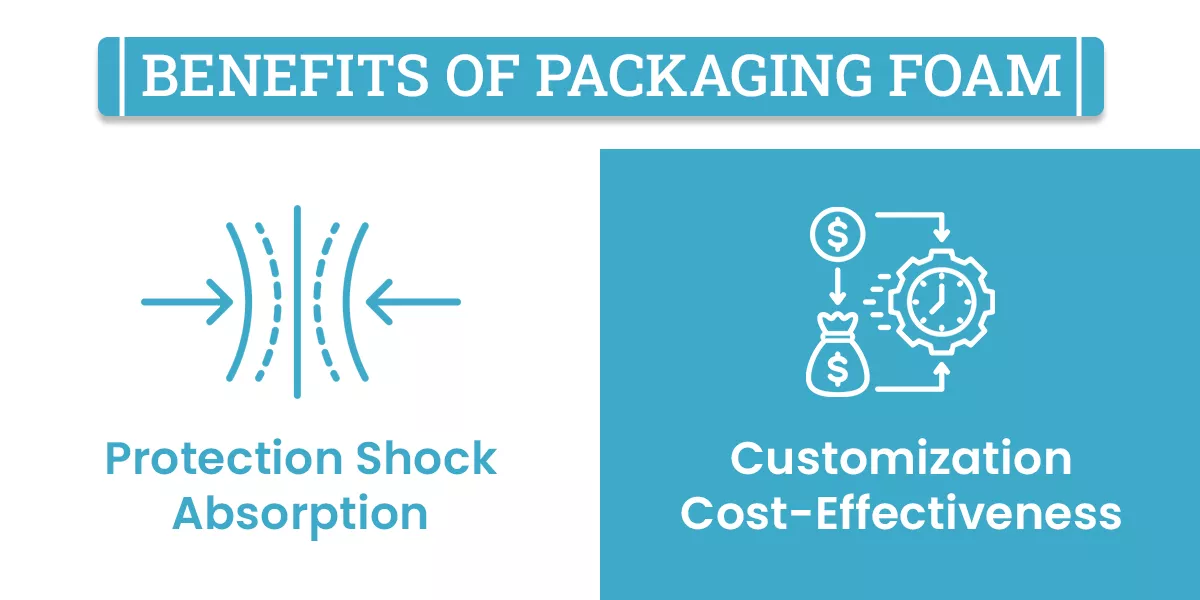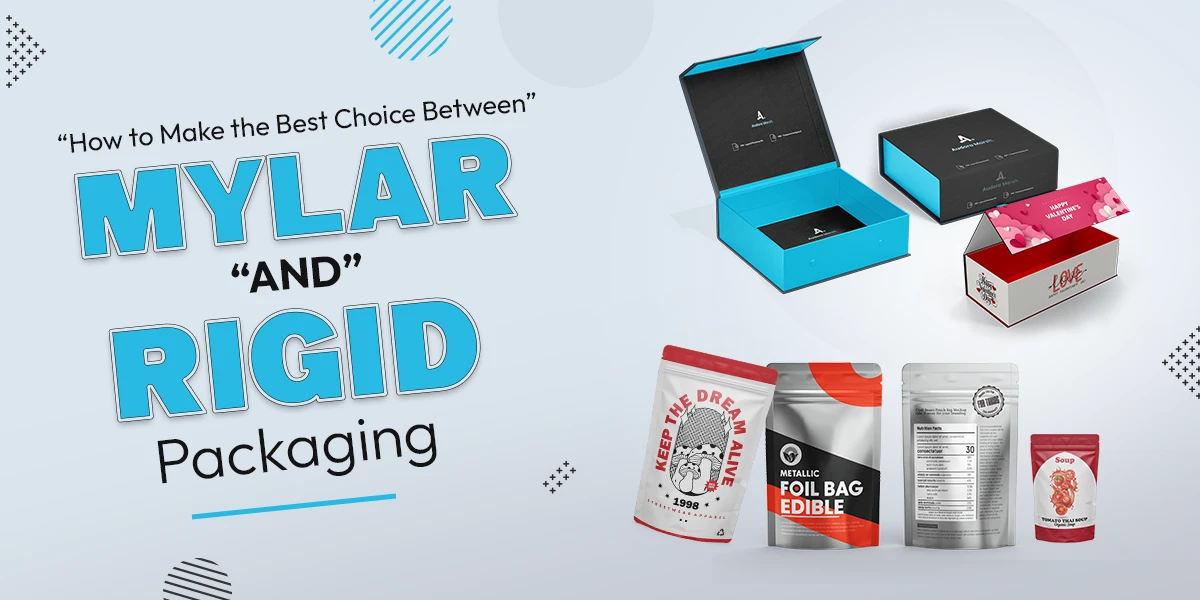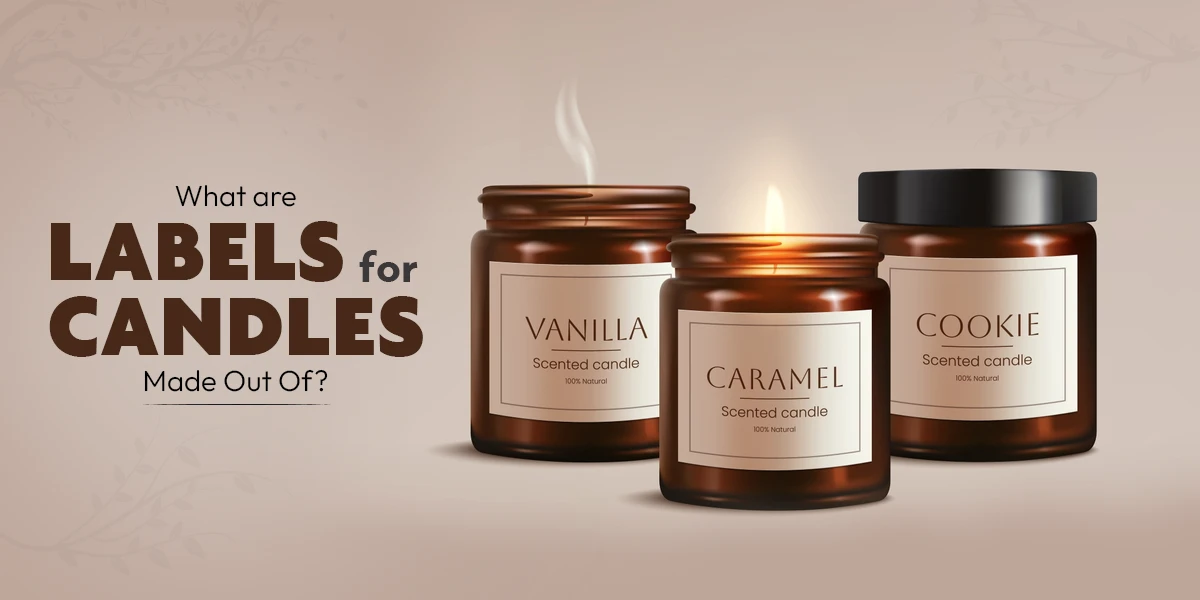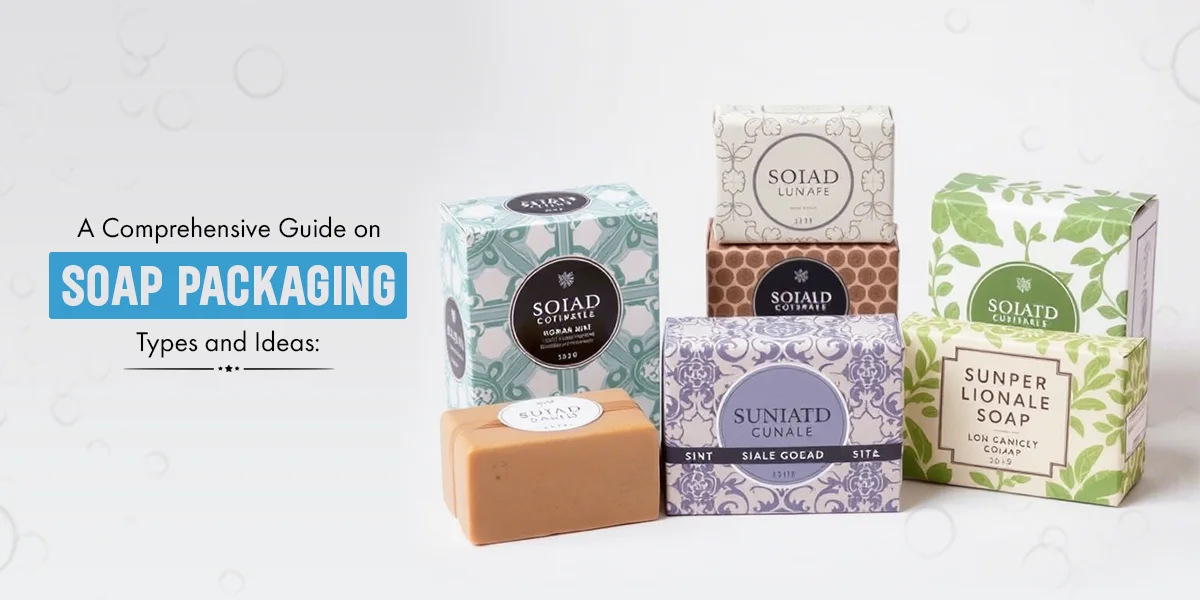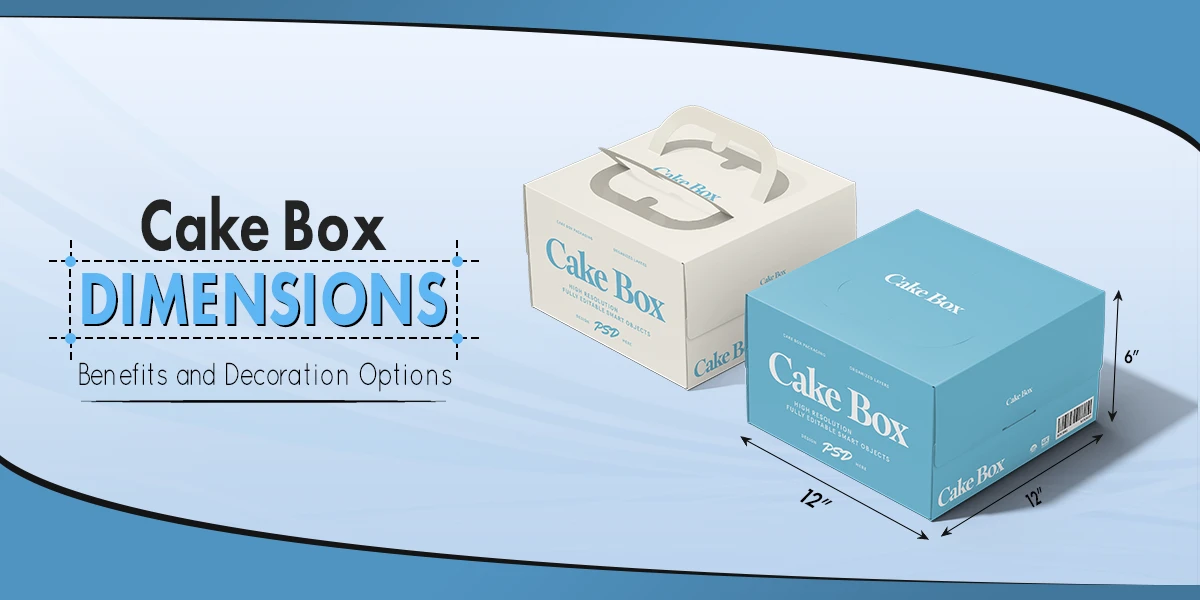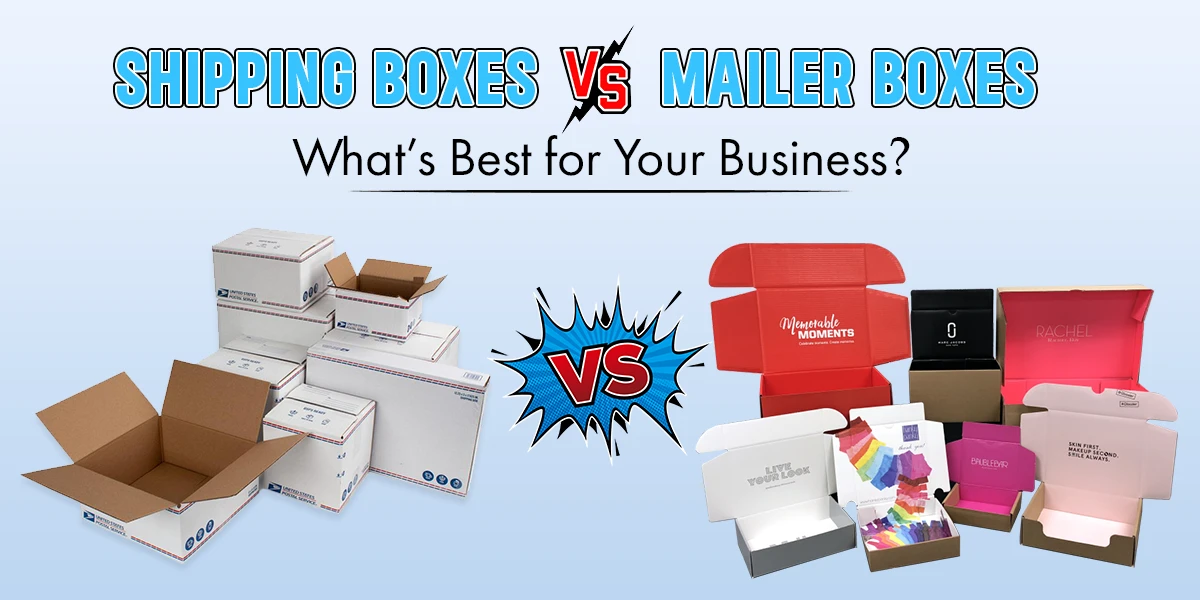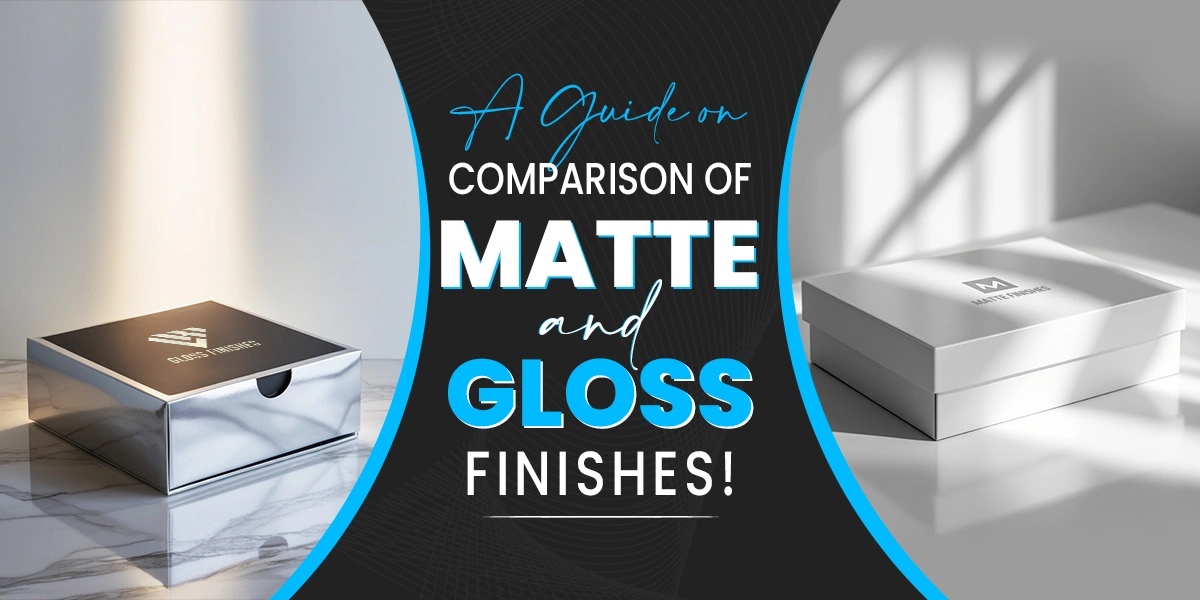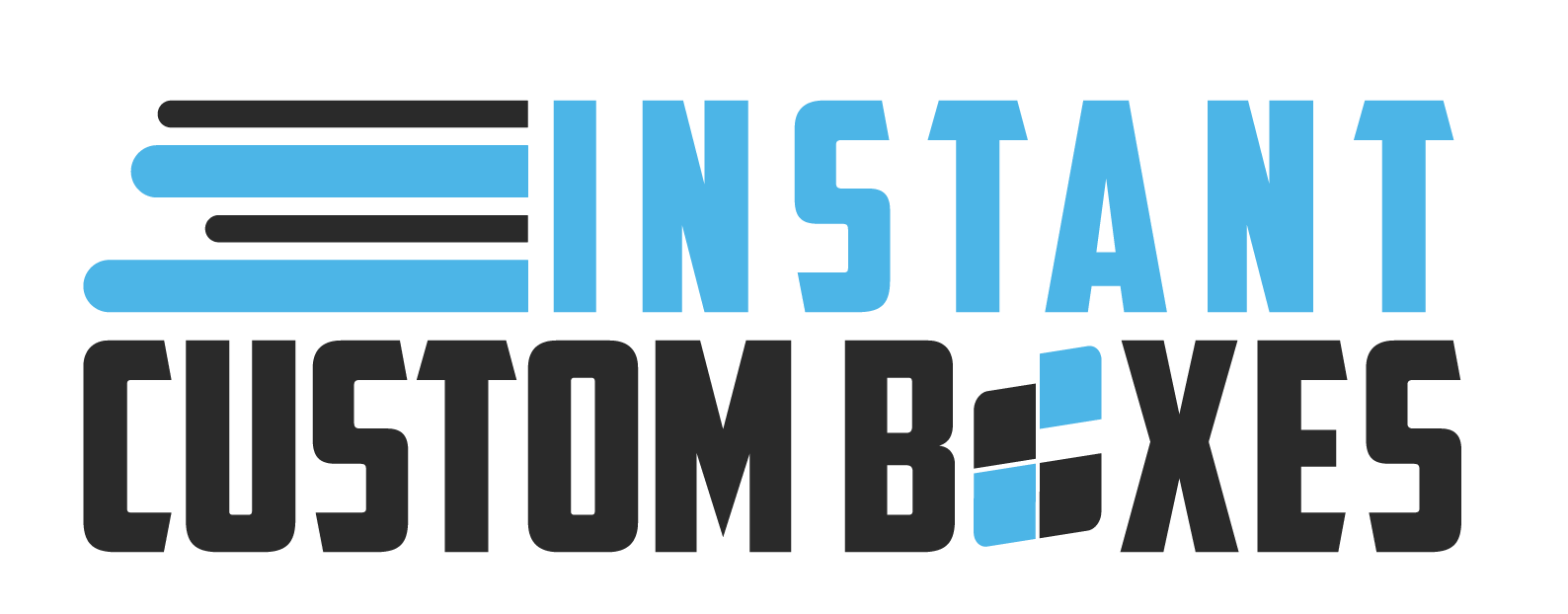When designing packaging, packaging foam works well for cushioning and protecting products during transportation or storage. As we know, while a shipment is in transit, your product might be jostled around at some point. In fact, some fragile products can easily be damaged this way. Well, this is where packaging foam comes in. In this guide, we will delve into the world of foam packaging, sharing everything you need to know about the useful product. Plus, we will explore the different types of foam packaging and the most common uses. Get ready to be a foam packaging expert in no time!
What Is Packaging Foam?
In simple words, foam packaging is a material used for cushioning and protecting your products. Thus, we can say that it is beneficial to use when protecting delicate and fragile products during transportation.
The foam itself is typically made from different materials. However, each material provides shock absorption to protect your products from damage during handling and transit.
Better yet, foam for packaging can come in various shapes and sizes, from small sheets and pads to custom-molded inserts. Mostly, the foam is cut to the exact shape of your product. With the exact shape, it will provide a secure and snug fit that prevents movement and shifting during transit. Mostly, foam packaging is popular for its durability, shock-absorbing properties, and lightweight features.
When you work with a packaging manufacturer like Instant Custom Boxes, you can even customize the foam for a particular use or purpose.
Know the Different Types of Foam Packaging
Depending on your purpose, you will find several types of foam for packaging to choose from. Each type definitely has its own unique properties that make it suitable for specific applications.
Moreover, the different foam types used will depend on the specific requirements of your product itself, such as:
- Fragility
- Weight
- Size
- Shape
By working with our packaging experts, we will help determine the best type of foam you need. This way, you can ensure maximum protection during transportation.
So, let’s take a closer look at five of the most common types of foam material!
EVA Foam (Ethylene Vinyl Acetate Foam)
EVA foam is a versatile, durable, and flexible closed-cell foam material that offers excellent shock absorption and cushioning properties. This foam is lightweight, water-resistant, and resistant to UV radiation, making it an ideal choice for protecting products in various industries. EVA foam is particularly valued for its softness and resilience, which ensures that items are securely cushioned while minimizing the risk of damage. Additionally, custom boxes with foam inserts are easy to cut and shape, allowing for custom-fit packaging solutions for products of different shapes and sizes. EVA foam is widely used in packaging for electronics, sports equipment, medical devices, and more.
Polyurethane Foam
Polyurethane Foam is the most commonly used type of foam packaging. This foam comes with lightweight yet durable features that provide excellent shock absorption. The best part is that polyurethane foam is available in various densities. Plus, you can customize it to fit most shapes and sizes.
Polyethylene Foam
Polyethylene foam is a flexible foam material for cushioning and shock absorption. This foam is highly resistant to water and chemicals. Thus making it suitable for packaging some products that require protection from moisture. The foam comes in sheets and is often used in the medical Custom Printed Medicine Boxes, electronics, and automotive industries.
Polystyrene Foam
Also known as EPS (expanded polystyrene), polystyrene foam is a type of packaging foam that is lightweight and rigid. Hence, this foam provides suitable support. Basically, the foam is made by expanding polystyrene beads in a mold. This results in a rigid foam structure with excellent properties. You can use it to secure electronics, appliances, medical equipment, glassware, and other fragile products.
Expanded Polyethylene Foam
Expanded polyethylene foam (EPE) is a lightweight and durable foam that is used to secure products that require protection from impact and vibration. As the name suggests, the foam is made by expanding beads of polyethylene in a mold. This results in a foam structure with superior properties. Hence, this type of foam will be very useful for packaging electronics, medical devices, and other fragile products.
Cross-Linked Polyethylene Foam
Cross-linked polyethylene foam is a closed-cell foam material with high strength and durability. Most importantly, the foam is resistant to water, chemicals, and UV radiation. This is why it will be very suitable for packaging products that require protection from various environmental factors. This foam comes in sheets, and it is often used in the aerospace and automotive industries.
Different Types of Foam Packaging: Where Can It Be Used?
Now that we’ve reviewed the different types of packing foam let’s talk about their most common uses.
Well foam packaging is used in a wide range of industries, from consumer goods to medical equipment.
Some of the most common uses of foam packaging include the protection of:
- Electronics
- Medical equipment
- Automotive parts
- Furniture
- Aerospace components
- Glassware
- Artwork
What Are the Benefits of Packaging Foam?
There are valid reasons for brands to use packaging foam. Let’s have a look at the tremendous benefits of using it below!
Protection: Safeguards products
Foam packaging offers exceptional protection to reduce the risk of damage during transit. Basically, it acts as a cushion that absorbs shock and impact. Hence, you can rest assured that your products arrive in pristine condition.
Shock Absorption: Cushions impacts
Many sports equipment like bicycles, golf clubs, and hockey sticks require special care when being transported. Well, foam packaging can create custom packaging inserts that hold each piece securely in place. This way, you can prevent the equipment from being damaged during transport.
For example, you can use foam inserts to hold a bike frame and wheels securely. This way, you can prevent them from shifting or rubbing against each other.
Moreover, you can also cushion your furniture products during transport or storage. All you need to do is wrap individual pieces of furniture with foam. You can also create custom inserts that hold the furniture securely in place.
Another great thing is that you can cut the foam to fit the shape and size of the furniture. As a result, it will be a snug and secure fit that prevents shifting during transport.
Customization: Tailored Shapes and Sizes
When you partner up with Instant Custom Boxes, you can get complete customization options, including tailored shapes and sizes for your foam packaging. Thus, you can give extra protection and cushioning for your products, even in a harsh shipping journey.
Cost-Effectiveness: Affordable Compared to Other Materials
The cost-effectiveness of foam packaging becomes evident as it prevents product damage and returns. Yes, you can save money on replacements. Most importantly, you can build a positive brand reputation for delivering perfect products.
Summing Up
Indeed, packaging foam works well for cushioning and protecting goods during transportation or storage. Depending on your product, you can choose from different types of foam for packaging. With the ability to customize foam packaging designs to fit any product, you can get it in all shapes and sizes.
For all your foam packaging needs, reach out to Instant Custom Boxes today!
